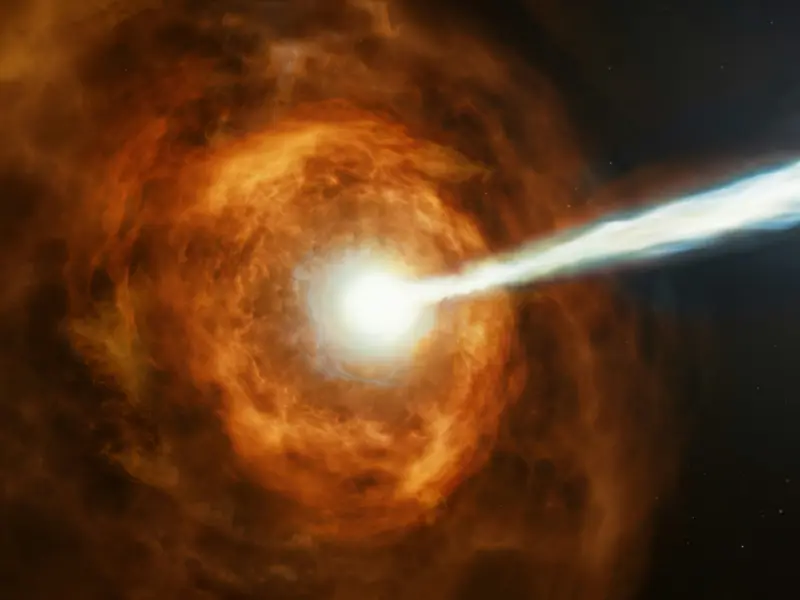A newly published study in The Astrophysical Journal Letters has revealed a puzzling cosmic phenomenon: unusually persistent and recurring gamma-ray emissions that defy conventional astrophysical models. Gamma-ray bursts (GRBs) are typically catastrophic one-time events, triggered when massive stars collapse and die. They are among the most energetic explosions known in the universe, releasing more power in seconds than our Sun will emit over its entire lifetime.
But the gamma-ray burst designated GRB 250702B breaks that mold. Detected on July 2 by NASA’s Fermi Gamma-ray Space Telescope, the event produced three distinct bursts over a single day — something unheard of in the past half-century of GRB research. Even more intriguingly, China’s Einstein Probe spotted the same emission a day earlier, adding another layer of mystery. Andrew Levan of Radboud University noted that this burst lasted 100 to 1,000 times longer than typical GRBs.

Traditionally, GRBs happen once because the progenitor star is destroyed in the process. “This event is unlike any other seen in 50 years of GRB observations,” said Antonio Martin-Carrillo of University College Dublin, who coauthored the study. “We simply don’t expect the source to survive the explosion, let alone repeat it.”
There have been rare cases of stars producing multiple eruptions, such as in binary systems where a white dwarf siphons matter from a companion star, causing repeated outbursts before a final supernova. However, those precursors do not produce the kind of gamma-ray activity observed here.
To track the origin of GRB 250702B, scientists used the HAWK-I infrared camera on the European Southern Observatory’s Very Large Telescope in Chile. The source appears to lie billions of light-years away. The emissions also show an unusual periodicity — another first for GRB observations — further complicating efforts to explain it.
So far, theories range from a massive star collapsing under its own weight but somehow continuing to emit energy, to an exotic black hole devouring an equally exotic star. Yet none of these scenarios neatly explains the observations. The authors admit the phenomenon may represent an entirely new class of cosmic event, underscoring how much remains unknown about the high-energy universe.


